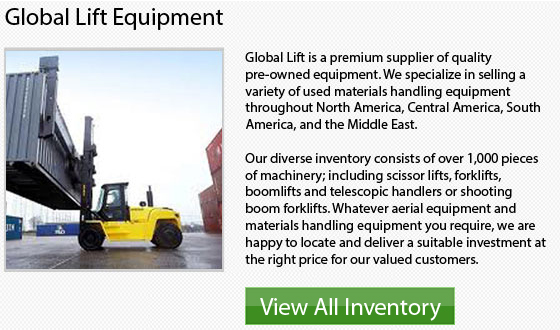
Lester M. Sears was the man who thought it could be wise idea to adapt the farm tractor for use by industry over 80 years ago. He made the "Model L," and although it can appear a little outdated at the present, it was packed with new ideas. The machine transformed and revolutionized the materials handling industry.
Lester's initial truck provided innovations that have become basic these days within the forklift industry. Several of these key features comprise: rear-wheel steering, wheel drive, hydraulic lifting and tilting and equal reverse and high-speed forward gears.
Lester began the "Towmotor" and then began CAT Forklifts, after being obtained by Caterpillar in the year 1965. With the same dedication to sensible solutions, commitment to new ideas and extraordinary reliability, CAT enjoys thinking that they are Lester's direct descendants. The Model L was very durable and effective that the model worked hard for over 30 years before finally retiring.
It was then during 1992, when Caterpillar joined Mitsubishi Heavy Industries in a joint venture. They brought together technological strengths and financial and marketing strengths in the manufacturing of material handling machinery. The company has had their headquarters within Almere, the Netherlands since that time.
CAT lift trucks are now among the best built machinery within the business. CAT makes lift trucks that operate on diesel, LPG, electric counter balanced models and gasoline engines. The company also makes an entire line of warehouse machines. The local CAT dealers are among the very best within the industry and provide more than 80 years of relevant experience.
The RTCH is a particularly designed rough terrain vehicle which can operate in up to 5 feet of sea water and uses 4-wheel drive. This specific model is capable of functioning on soft soil locations such as unprepared beaches. The RTCH is able to handle the 8 foot wide and 20 to 40 foot long containers.